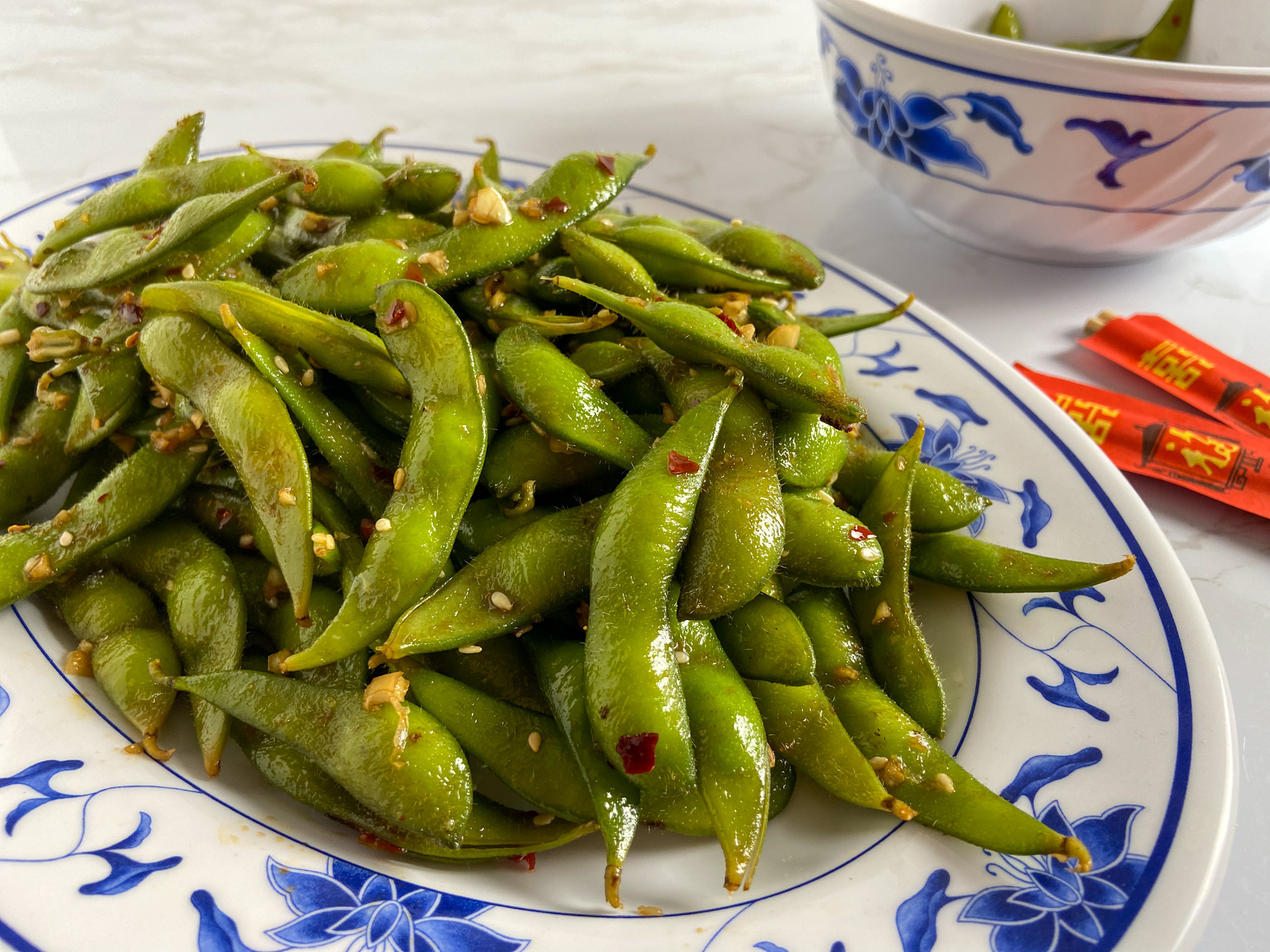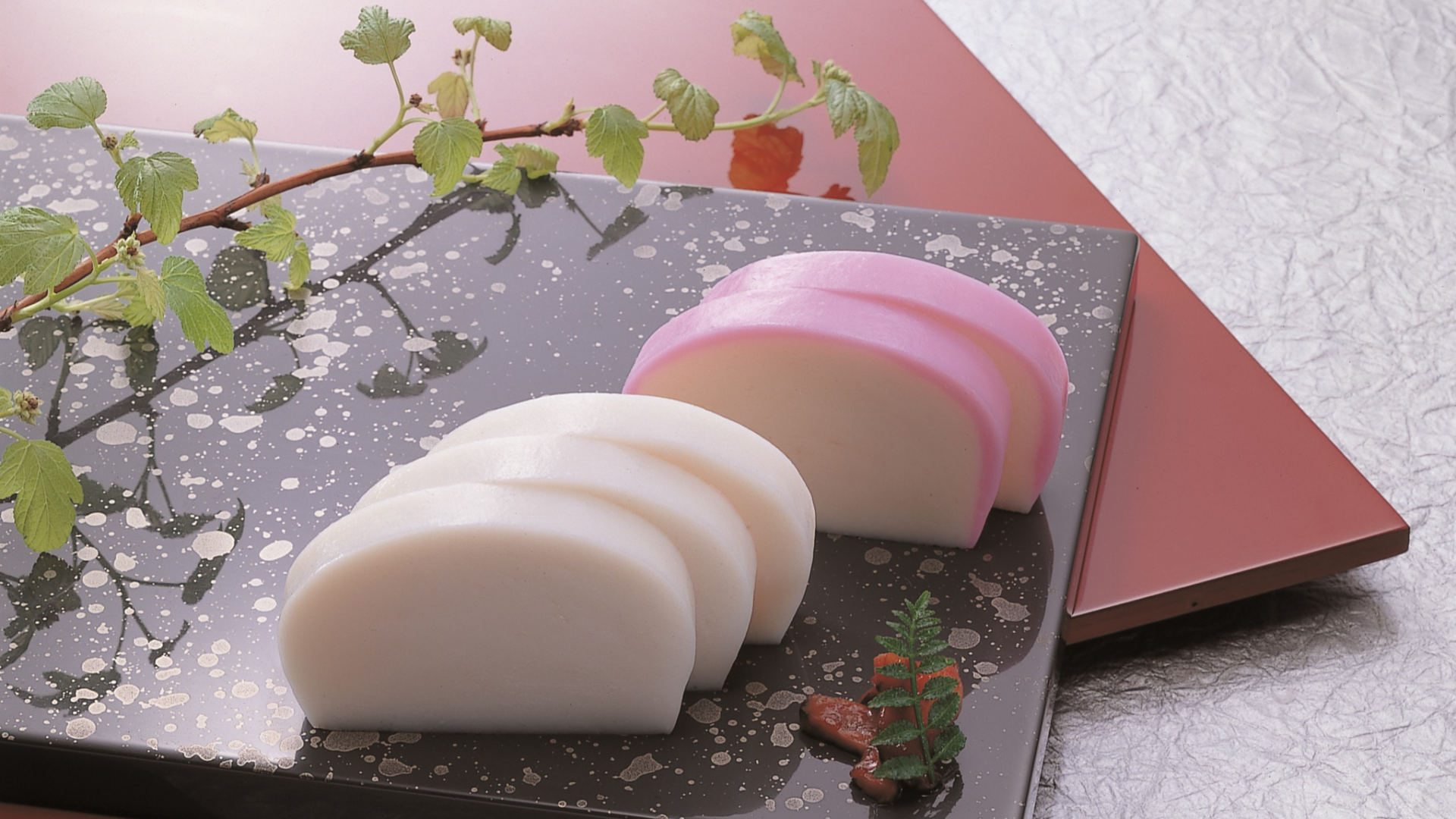Edamame, the young and tender soybeans harvested before they fully mature, have been a staple in Japanese cuisine for centuries. Traditionally enjoyed simply steamed and lightly salted, edamame has undergone a culinary transformation in recent years. The Edamame Evolution trend is taking these vibrant green soybeans beyond the familiar bowl of pods, introducing innovative dishes and preparations that showcase their versatility and nutritional benefits. Join us as we explore the evolution of edamame, its cultural roots, and the contemporary trend shaping its newfound popularity.
Roots of Edamame in Japanese Cuisine
Traditional Snack and Appetizer
Edamame has deep roots in Japanese culinary traditions, often served as a snack or appetizer in izakayas, casual dining establishments that offer a variety of small dishes. The ritual of enjoying edamame by popping the beans out of their pods has become a communal and convivial experience.
Nutrient-Rich Delicacy
Beyond its delicious flavor and satisfying crunch, edamame is renowned for its nutritional benefits. Packed with protein, fiber, and essential vitamins and minerals, edamame is not only a tasty treat but also a healthful addition to the diet.
Edamame Evolution: Beyond the Pod
Edamame Hummus
One notable trend in the Edamame Evolution is the creation of edamame hummus. This innovative twist on the classic Middle Eastern dip replaces traditional chickpeas with edamame, resulting in a vibrant green hummus that offers a unique flavor profile and an extra boost of protein.
Edamame Noodles
Edamame noodles have gained popularity as a gluten-free and low-carb alternative to traditional wheat-based noodles. These noodles, made from a blend of edamame and other legumes, not only cater to dietary preferences but also add a vibrant green hue to dishes.
Edamame Guacamole
Blending Japanese and Mexican flavors, edamame guacamole is a fusion dish that replaces some or all of the avocados with edamame. This twist on the classic guacamole brings a fresh and unique taste while incorporating the nutritional benefits of edamame.
Food Trend: Edamame Fusion
The Edamame Fusion trend represents the fusion of edamame with diverse culinary influences, creating innovative dishes that appeal to a wide range of palates.
Cross-Cultural Culinary Collaborations
Edamame Fusion often involves collaborations between chefs from different culinary backgrounds. This trend has led to the incorporation of edamame into dishes that draw inspiration from various cuisines, resulting in creative and unexpected flavor combinations.
Plant-Based Protein Movement
As the plant-based protein movement continues to gain momentum, edamame has found its place as a versatile and nutritious ingredient. It serves as an excellent source of plant-based protein in both traditional and innovative plant-powered dishes.
Culinary Creativity in Restaurants
Restaurants, particularly those with a focus on creative and fusion cuisine, are embracing the Edamame Fusion trend. Chefs experiment with edamame in appetizers, main courses, and even desserts, showcasing the adaptability of these green soybeans.
Where to Experience Edamame Evolution
For those eager to explore the Edamame Evolution, various culinary destinations provide opportunities to savor the diverse world of edamame-infused dishes.
Fusion Restaurants
Fusion restaurants, which blend elements from different culinary traditions, often feature edamame in creative and unexpected ways. These establishments may offer edamame-inspired dishes that showcase the chefs’ ingenuity and culinary flair.
Plant-Based Eateries
As plant-based dining becomes increasingly popular, many plant-based eateries incorporate edamame into their menus. Edamame’s nutritional profile and versatility make it a favorite ingredient in plant-based protein bowls, salads, and other plant-powered creations.
Culinary Events and Festivals
Culinary events and festivals that celebrate fusion cuisine or plant-based eating are excellent venues to experience the Edamame Evolution. These gatherings often feature innovative dishes created by chefs who push the boundaries of traditional culinary norms.
Embracing Edamame Fusion: A Culinary Adventure
In conclusion, Edamame Evolution invites us on a culinary adventure that transcends traditional boundaries, introducing us to innovative dishes that celebrate the versatility of these green soybeans. Whether enjoying edamame hummus at a fusion restaurant, savoring edamame noodles in a plant-based eatery, or exploring the unexpected flavors of edamame guacamole, the Edamame Fusion trend adds a new dimension to the appreciation of this beloved Japanese delicacy. So, embrace the culinary creativity, relish the diverse forms of edamame, and let each bite be a celebration of the green soybean’s evolution in the world of contemporary cuisine.…





